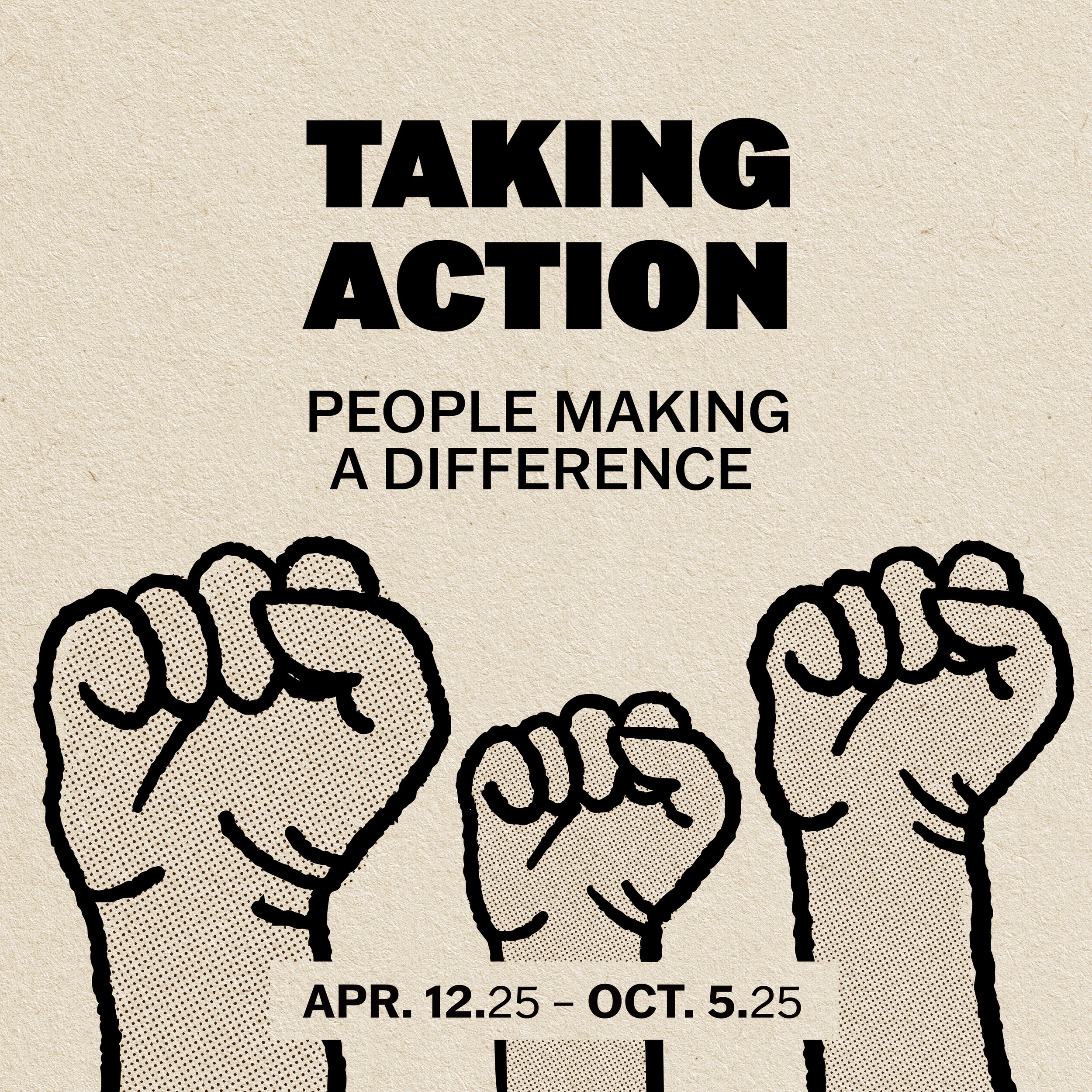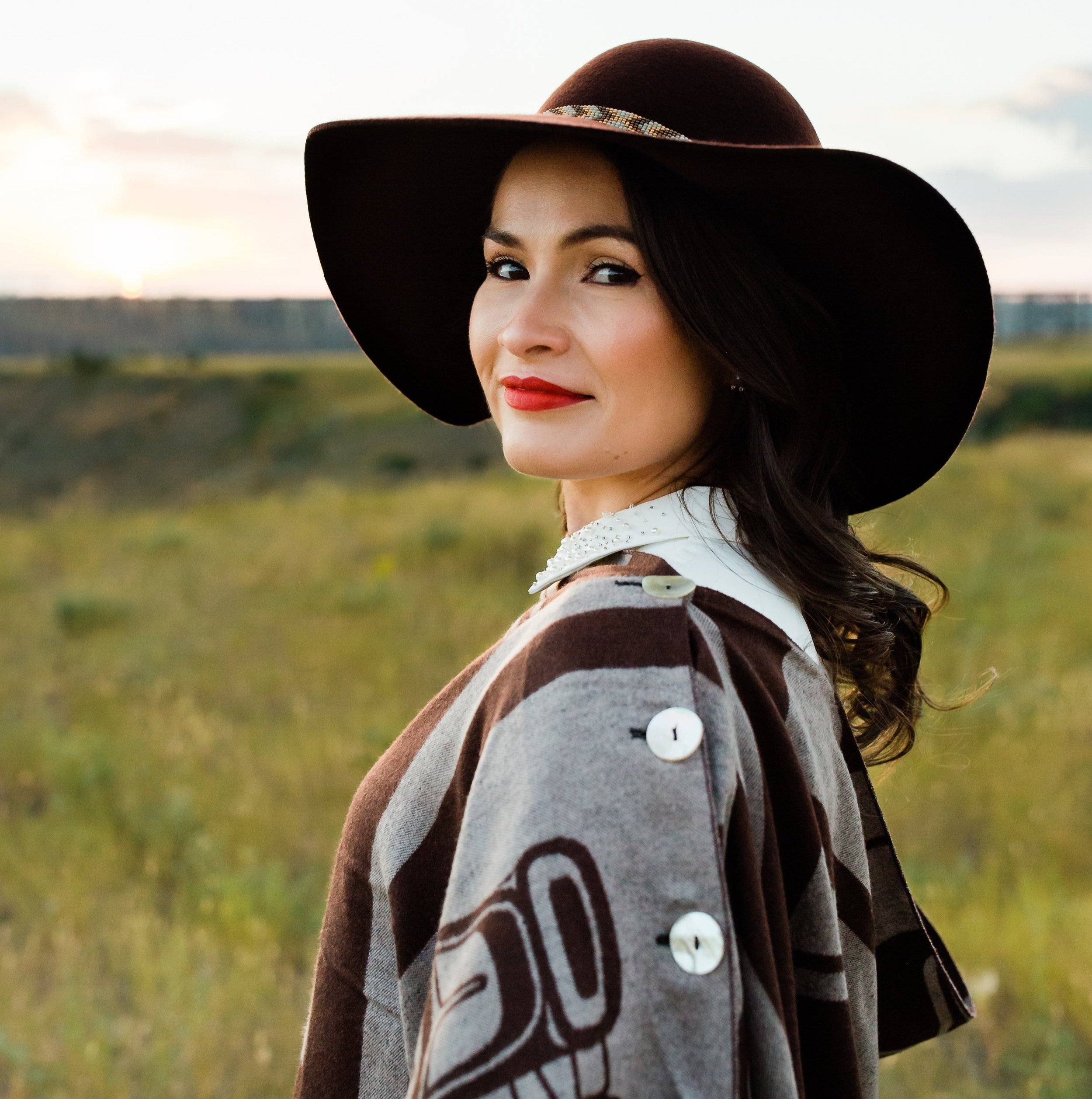Developed and circulated by the Legacy of Hope Foundation
This traveling exhibition from the Legacy of Hope Foundation raises awareness by educating people about the Residential School System. The exhibition gives a voice to First Nations, Inuit and Métis children, using first-person perspectives from those who escaped, and honours those who died in the process by using personal accounts from family members.
In an attempt to work toward Reconciliation between Indigenous Peoples and Canadians, we must first acknowledge the dark history, honour the lives that have been harmed and lost, and take responsibility for the way forward. Together we can learn from the past mistakes, and vow to take inspired and positive action that will contribute to creating a life of dignity, respect and equality for all.
In developing this project, the Legacy of Hope Foundation was guided by a Project Advisory Committee (PAC) comprised of six people of Indigenous (First Nations, Inuit and Métis) heritage and one Elder, who are Survivors or Intergenerational Survivors of the Residential School System. This is the only exhibition available in Canada that provides a complete and current examination of this issue, its origins in the Residential School System and the ongoing impacts today.






































